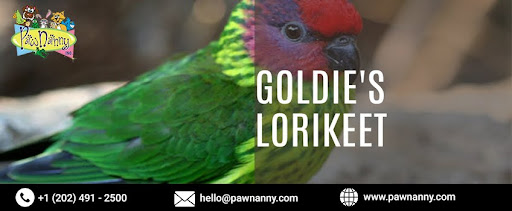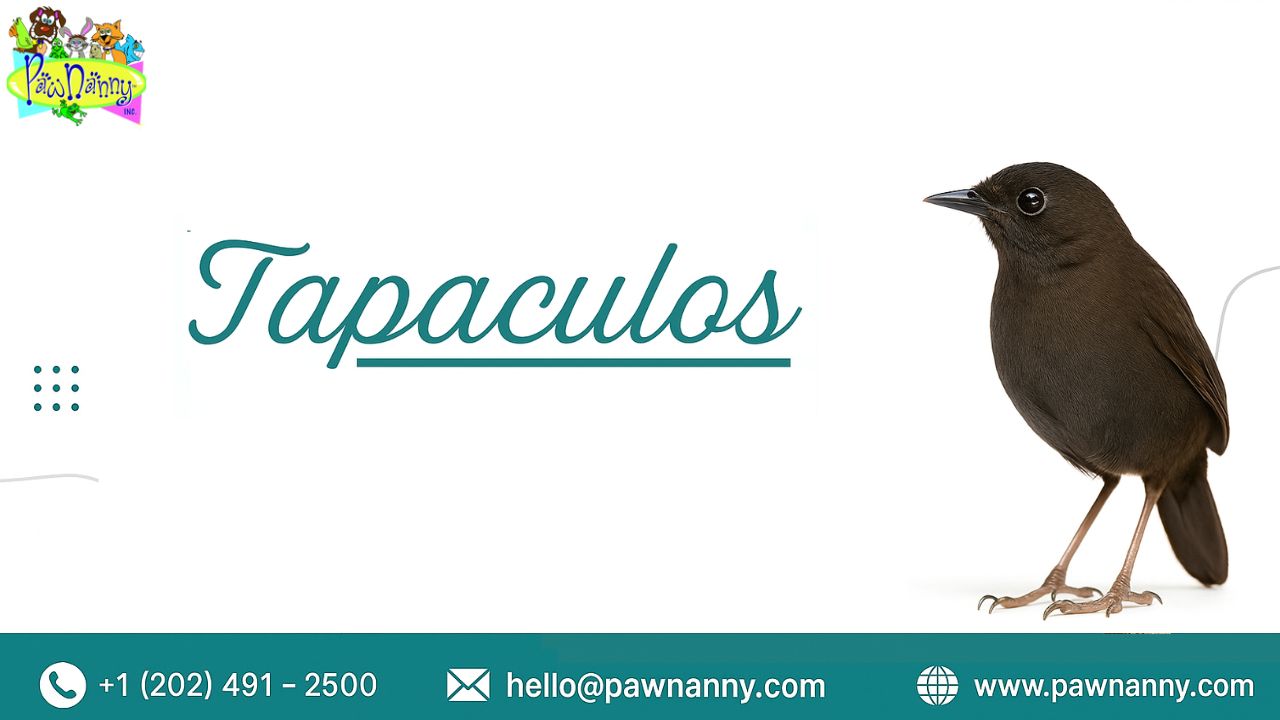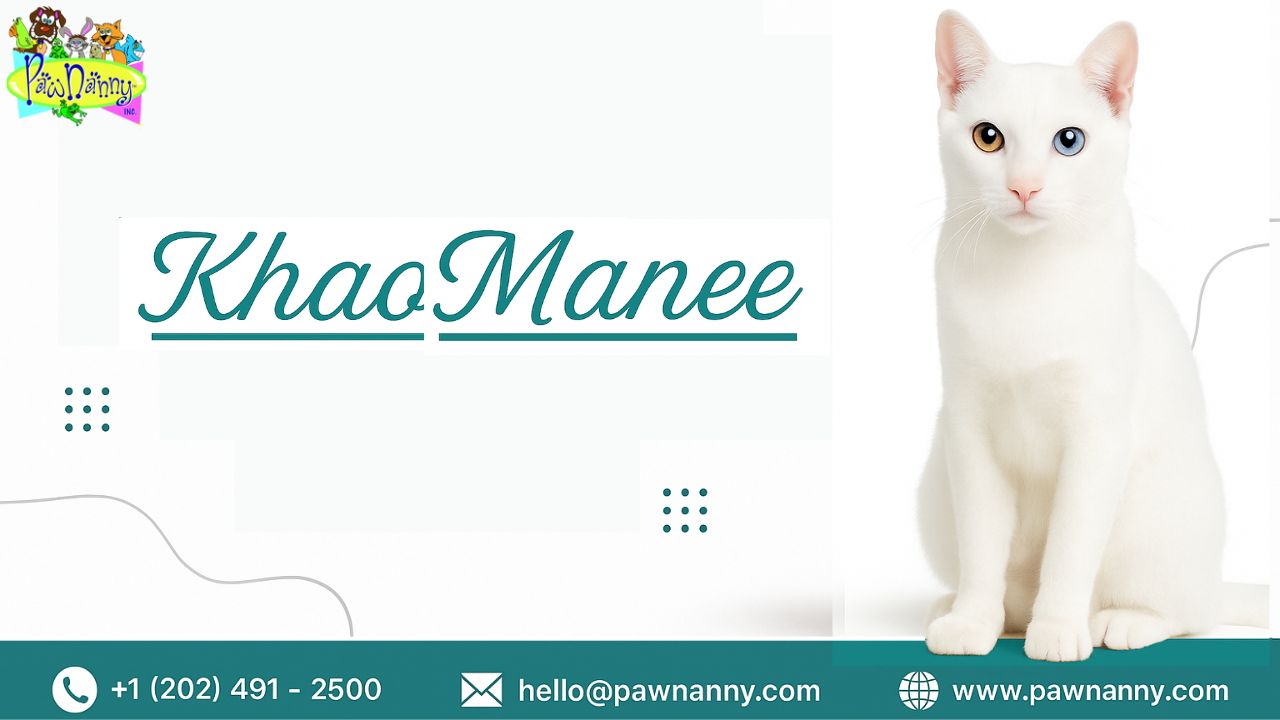
Goldie’s Lorikeet
Scientific Name: Psitteuteles goldiei
Flock Members: 5-20 members
Size: 7-8 inches
Weight: 50-70 gms.
Lifespan: 15-20 years
A.K.A.: Goldie's Hanging Parrots
Behavior
Goldie's Lorikeets are known for their vibrant personalities and social behaviors, making them captivating pets for bird enthusiasts. These lorikeets are highly active and playful, often engaging in acrobatic displays and vocalizations to communicate with both their human companions and fellow birds. They thrive on interaction and stimulation, enjoying opportunities for playtime, exploration, and bonding with their owners.
As social creatures, Goldie's Lorikeets form strong bonds with their human caregivers and require regular interaction to maintain their mental and emotional well-being.
Goldie's Lorikeets benefit from mental and physical stimulation to prevent boredom and undesirable behaviors. Providing them with a variety of toys, puzzles, and opportunities for exercise can help keep them engaged and happy. Additionally, incorporating training sessions into their daily routine can provide mental enrichment and strengthen the bond between owner and bird. Overall, Goldie's Lorikeets are charismatic and sociable birds that bring joy and entertainment to their owners with their playful antics, vocalizations, and affectionate nature as seen during pets' overnight stays. With proper care, attention, and stimulation, they make delightful companions for those willing to provide them with the love and interaction they crave.
History
Goldie's Lorikeet, scientifically known as Psitteuteles goldiei, is a captivating bird species that hails from the dense rainforests of Papua New Guinea. Named after the esteemed ornithologist Walter Goodfellow Goldie, these lorikeets have a rich history intertwined with the exploration and discovery of the region's diverse avian life.
First documented by naturalists in the late 19th century, Goldie's Lorikeet quickly captured the attention of bird enthusiasts and scientists alike due to its vibrant plumage and unique behaviors. As European explorers ventured into the remote forests of Papua New Guinea, they encountered these striking birds flitting among the canopy, feeding on nectar and socializing in small flocks. Goldie's Lorikeet's natural habitat and behavior have fascinated researchers, shedding light on the intricate ecology of Papua New Guinea's rainforests. Their specialized brush-tipped tongues, adapted for extracting nectar from flowers, highlight their role as important pollinators in their ecosystem. Furthermore, their communal roosting and foraging behaviors showcase the intricate social dynamics of avian communities in the wild.
In the realm of aviculture, Goldie's Lorikeet has also left its mark, captivating bird enthusiasts with its beauty and intelligence. While once primarily observed in the wild, these lorikeets have become sought-after pets for those willing to provide them with the specialized care they require.
Breeding
Breeding Goldie's Lorikeets, also known as Goldie's hanging parrots, requires careful consideration and attention to replicate their natural habitat and behavior patterns. These colorful birds are native to Papua New Guinea and thrive in environments resembling the lowland rainforests and forest edges of their homeland. To begin breeding Goldie's Lorikeets, it's essential to ensure that the breeding pair is healthy, well-fed, and provided with adequate living conditions. This includes spacious aviaries with plenty of branches, perches, and nesting boxes to simulate their natural environment. Providing a variety of natural materials such as bark, leaves, and shredded paper for nest-building is also important to encourage breeding behavior.
Goldie's Lorikeets are typically monogamous birds, forming strong pair bonds with their mates. Pairing compatible individuals is crucial for successful breeding. Once paired, the birds will engage in courtship behaviors such as mutual preening, feeding, and vocalizations. Breeding usually occurs in the spring and summer months, coinciding with the warmer weather and increased availability of food resources. Female lorikeets will lay clutches of 2 to 4 eggs, which they will incubate for around 22 to 25 days. During this time, it's essential to provide the breeding pair with a nutritious diet rich in nectar, fruits, and vegetables to support the female's egg production and incubation efforts. After hatching, both parents will take turns feeding and caring for the chicks, regurgitating food for them until they are old enough to feed themselves. Providing supplementary calcium and vitamins during this time can help ensure the health and development of the chicks.
Food and Nutrition
Goldie's Lorikeets have specialized dietary needs due to their natural feeding habits in the wild. As nectarivores, they primarily consume nectar, pollen, fruits, and occasional insects. Mimicking their natural diet is essential for their health and well-being in captivity. In case you hire overnight stays services for pets, make sure the pet sitters are well-versed!
In captivity, a significant portion of Goldie's Lorikeet's diet should consist of a high-quality commercial lorikeet nectar mix. These mixes are formulated to provide the necessary nutrients, vitamins, and minerals essential for lorikeet health. When choosing a nectar mix, it's crucial to select one specifically designed for lorikeets, as their nutritional requirements differ from those of seed-eating birds. In addition to nectar mix, Goldie's Lorikeets should also be offered a variety of fresh fruits and vegetables. Suitable fruits include apples, oranges, grapes, bananas, and berries, while vegetables such as carrots, spinach, kale, and broccoli can provide essential vitamins and fiber. It's essential to provide a diverse range of fruits and vegetables to ensure they receive a balanced diet.
Offering occasional protein sources is also important for Goldie's Lorikeets. This can include cooked chicken or hard-boiled eggs, which provide essential amino acids necessary for their overall health. Insects such as mealworms or crickets can be offered as treats but should not make up a significant portion of their diet. Fresh, clean water should always be available for drinking and bathing. Lorikeets often enjoy bathing in shallow dishes of water, which helps keep their feathers clean and healthy. Regularly monitoring their diet, along with providing opportunities for foraging and mental stimulation, is crucial for maintaining the health and happiness of Goldie's Lorikeets in captivity. Consulting with a veterinarian experienced in avian care can also provide valuable guidance on meeting their specific nutritional needs.
Conclusion
Goldie's Lorikeets, with their vibrant plumage and engaging personalities, make captivating pets for bird enthusiasts seeking a colorful companion. As pets, they thrive on interaction and mental stimulation, enjoying playtime and socializing with their human caretakers, even during pet overnight services. Their small size makes them suitable for indoor aviaries or spacious cages equipped with toys and perches. Providing a varied diet rich in nectar, fruits, and vegetables is essential for their health and well-being. Additionally, regular veterinary check-ups and proper hygiene practices are crucial to ensure their longevity and happiness in captivity.
In the wild, Goldie's Lorikeets inhabit the lush rainforests and forest edges of Papua New Guinea, where they form small flocks and forage for nectar, pollen, fruits, and insects. Their specialized brush-tipped tongues allow them to efficiently extract nectar from flowers, making them important pollinators in their ecosystem. Within their natural habitat, they contribute to the biodiversity of their environment and play a role in seed dispersal. However, like many wild bird species, Goldie's Lorikeets face threats such as habitat loss and illegal trapping for the pet trade. Conservation efforts are crucial to protect their natural habitats and ensure their survival in the wild. By providing proper care and respect for these birds, whether as pets or in their natural environment, we can appreciate and preserve the beauty and diversity of Goldie's Lorikeets for generations to come. For more information, visit PawNanny.com










